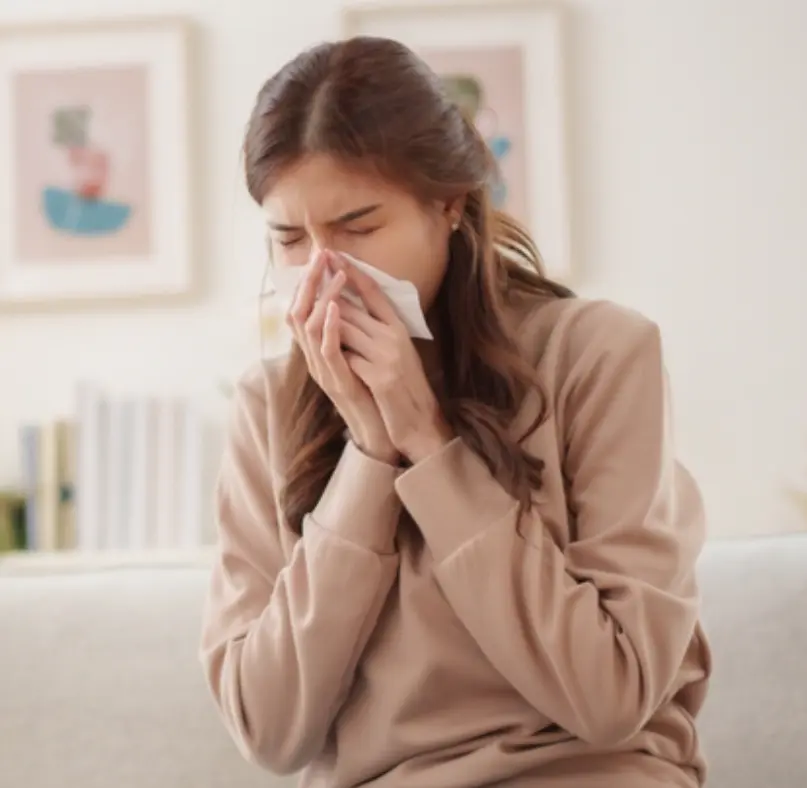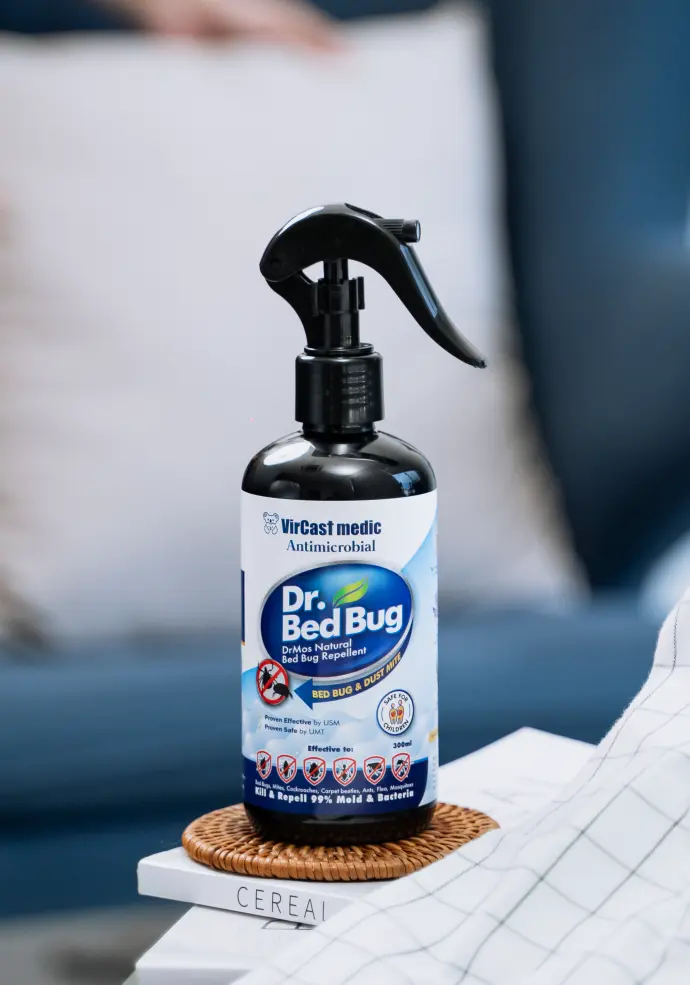Free shipping when purchase RM25 & above

Dust mites are one of the most common indoor allergens, contributing to allergic rhinitis, asthma, and atopic dermatitis. Effective control strategies are essential to reduce exposure and protect vulnerable individuals, particularly children and people with respiratory conditions. This article explores the health impact of dust mites, preventive measures, and the role of safe repellent sprays as part of an integrated management approach.
House dust mites (HDM), primarily Dermatophagoides pteronyssinus and Dermatophagoides farinae, thrive in humid indoor environments such as bedding, mattresses, carpets, and upholstered furniture. Their waste particles and body fragments are potent allergens that can trigger immune responses, leading to chronic respiratory and skin conditions.
According to the World Health Organization (WHO), dust mite allergens are a significant risk factor for the development and exacerbation of asthma, especially in children. Studies have shown that continuous exposure to dust mites can lead to:

Managing dust mite exposure typically involves:
As part of an integrated strategy, Vircast Medic Dr Bed Bug Repellent Spray provides an effective solution not only against bed bugs but also in reducing dust mite presence. The spray is formulated with BacGuard Technology and Natural Essential Oils such as Lavender, Eucalyptus, Rosemary, and Peppermint. These ingredients have demonstrated antimicrobial and air-refreshing properties, making them safe for daily
By incorporating such sprays, families can enhance indoor hygiene, minimize allergen exposure, and create a safer living environment for sensitive individuals.

When selecting repellents, it is crucial to prioritize products that are safe for children and suitable for frequent household use. Natural essential oil–based formulations, such as Dr Bed Bug Repellent Spray, offer a balance of efficacy and safety without the harshness of chemical-based alternatives.
Dust mites pose a major challenge to public health due to their strong association with allergic diseases. Effective management requires a multi-faceted approach that combines environmental control, cleaning, and the use of safe repellents. Products like Vircast Medic Dr Bed Bug Repellent Spray can play an important role in reducing dust mite exposure and supporting better respiratory health for families worldwide.
World Health Organization. (2020). Indoor air pollution and health. WHO.
Calderón, M. A., Linneberg, A., Kleine-Tebbe, J., et al. (2015). Respiratory allergy caused by house dust mites: What do we really know? Journal of Allergy and Clinical Immunology, 136(1), 38–48.
Platts-Mills, T. A. E., Erwin, E., Heymann, P., & Woodfolk, J. (2009). Pro: The evidence for a causal role of dust mites in asthma. American Journal of Respiratory and Critical Care Medicine, 180(2), 109–113.
Arlian, L. G. (2001). House dust mite allergens: A review. Experimental & Applied Acarology, 24(5-6), 411–426.